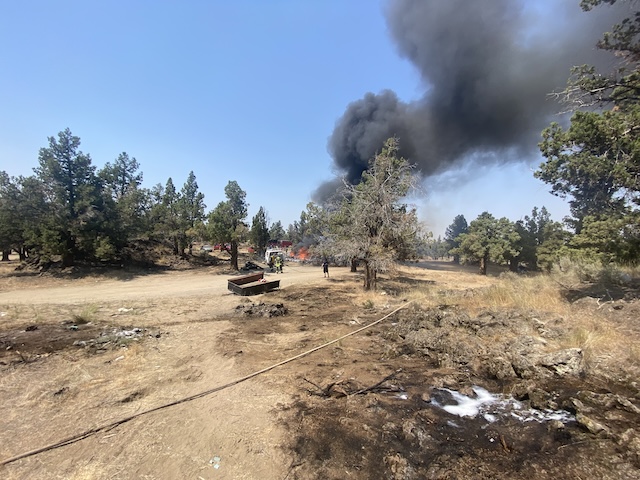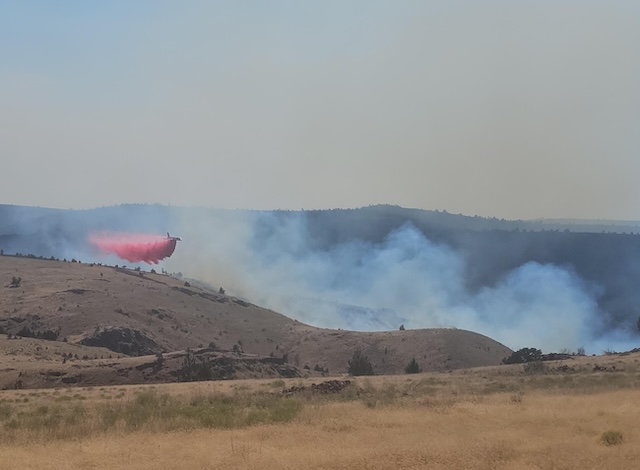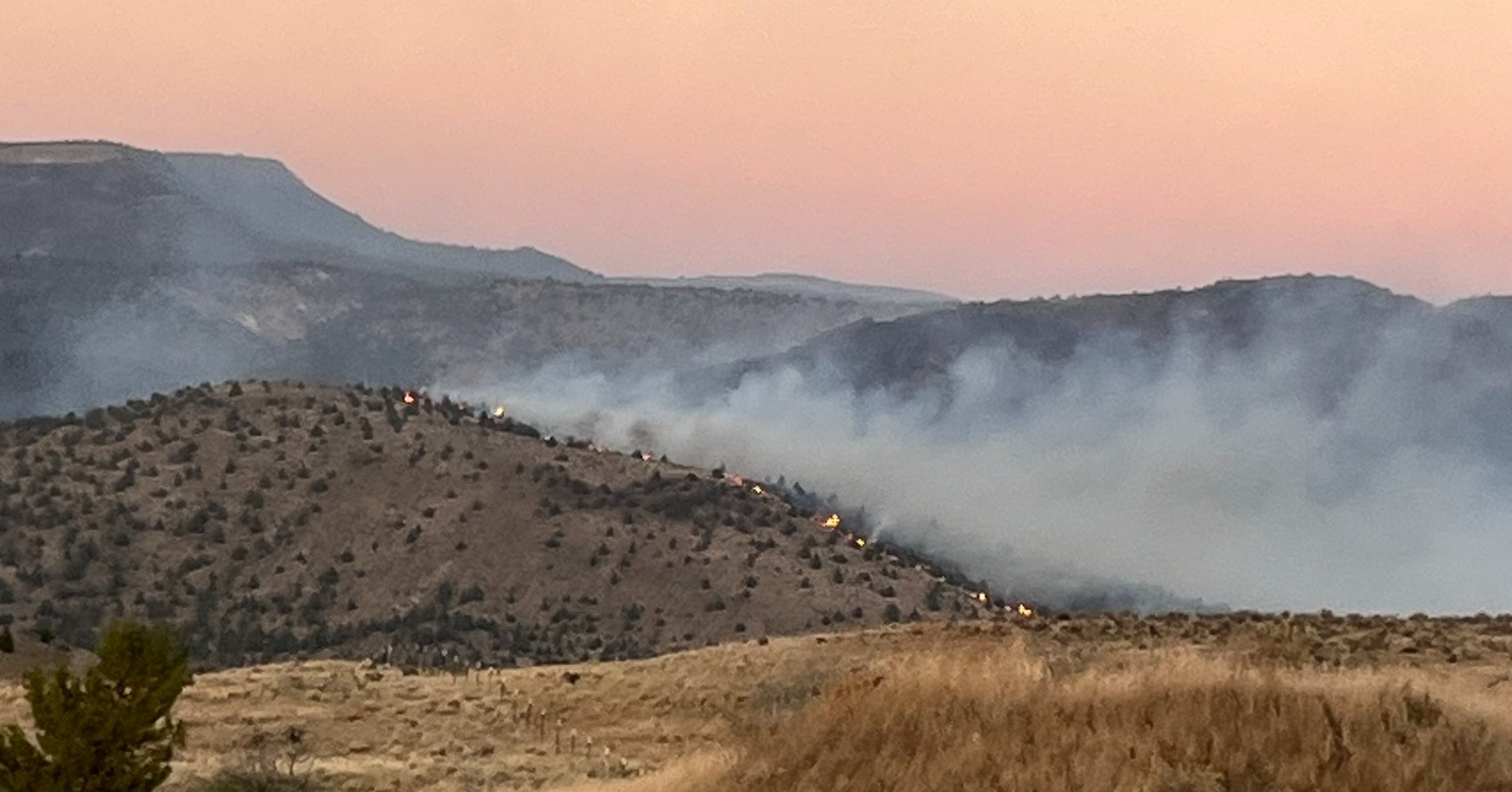Guest column: Don’t do forest project near Bend
Published 12:00 am Thursday, December 13, 2018

- Guest Column
The Bulletin recently editorialized in support of proposed logging on the Deschutes National Forest. The paper made it sound like a feel-good no-brainer. This letter tells the rest of the story.
For too long logging has been prioritized over wildlife, carbon storage, clean water and recreational opportunities in our national forests.
Trending
Logging our public forests is not the panacea described in The Bulletin editorial. We need to act with caution, knowing that logging releases far more carbon into the atmosphere than does forest fire.
In fact, logging in Oregon releases more carbon than any other sector — even transportation. When a tree is logged, 80 percent of the trees’ stored carbon is lost to the atmosphere by the time it has been limbed, cut, processed and shipped. Standing forests on the other hand can store carbon for centuries.
Be wary when you hear a broad term like “thinning.” It can mean leaving one tree per acre. The currently proposed and recent logging on the Deschutes National Forest is typically a mixture of some clear cutting, some overly aggressive thinning and some thinning that strikes a better, common ground balance.
The other word to be wary of is “restoration.” Everything is called restoration these days, even clear cuts. Every year the Deschutes National Forest does thousands of acres of restoration. Sometimes it truly is restoration; the Ryan Ranch project is a good example of that. But sometimes it’s just logging with a new green-washed name.
There are half a dozen or so planned logging projects in the general area between Bend and Mount Bachelor. Each has dozens if not hundreds of proposed logging units. Some of these projects are sensible restoration and selective thinning that deserve support. Others are far more aggressive and will result in negative impacts.
The specific project referenced in the recent editorial would have significant negative impacts on wildlife. The plan is to log in critical spotted owl habitat, and it requires reducing key habitat areas for elk.
Trending
It’s not just about wildlife losing forest cover. The planned extent of what wildlife biologists refer to as “disturbance” is deeply concerning. If the plan goes forward, it will result in a density of 3.6-miles of roads and trails per square mile. Anything over 2.5-miles is considered to have negative impacts. Good habitat requires even less density.
Is there a middle ground? Yes. Are the current proposed logging projects on our public lands finding that middle ground? Nope. The proposed logging of larger and older trees that have thicker (read: fire resistant) bark in the backcountry is not where the common ground lies. It is however where the profit lies.
We have the inherent challenge of having built a town in a forest that historically would burn every five to 20 years.
Combining fuels reductions close to town with programs like “Firewise” and other local efforts offers the most effective way to help protect our communities from fire.
Cleaning needles out of our gutters, mowing dead grass near homes, keeping wood piles away from homes, carefully thinning around homes and in the adjacent forest and other steps are also effective. That’s where we should focus our energy — not on logging more of our public lands in the backcountry.
Our forests offer amazing recreational opportunities, store vast amounts of carbon for centuries, provide critical wildlife habitat, clean water and the scenic backdrop to this beautiful place we call home.
I hope that someday we will see the Deschutes National Forest (and Congress) put these other values on the same footing as logging priorities. We are not there yet.
— Erik Fernandez is the wilderness program manager for Oregon Wild, based in Bend.








